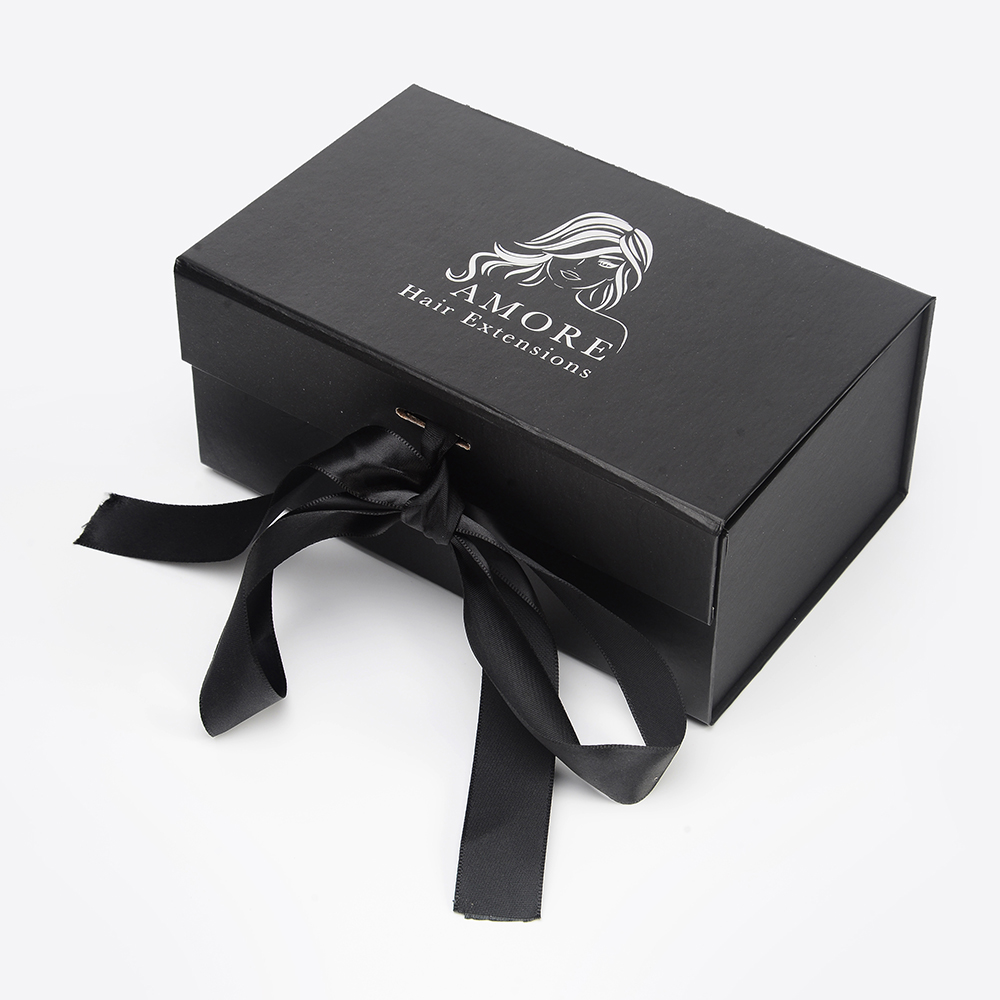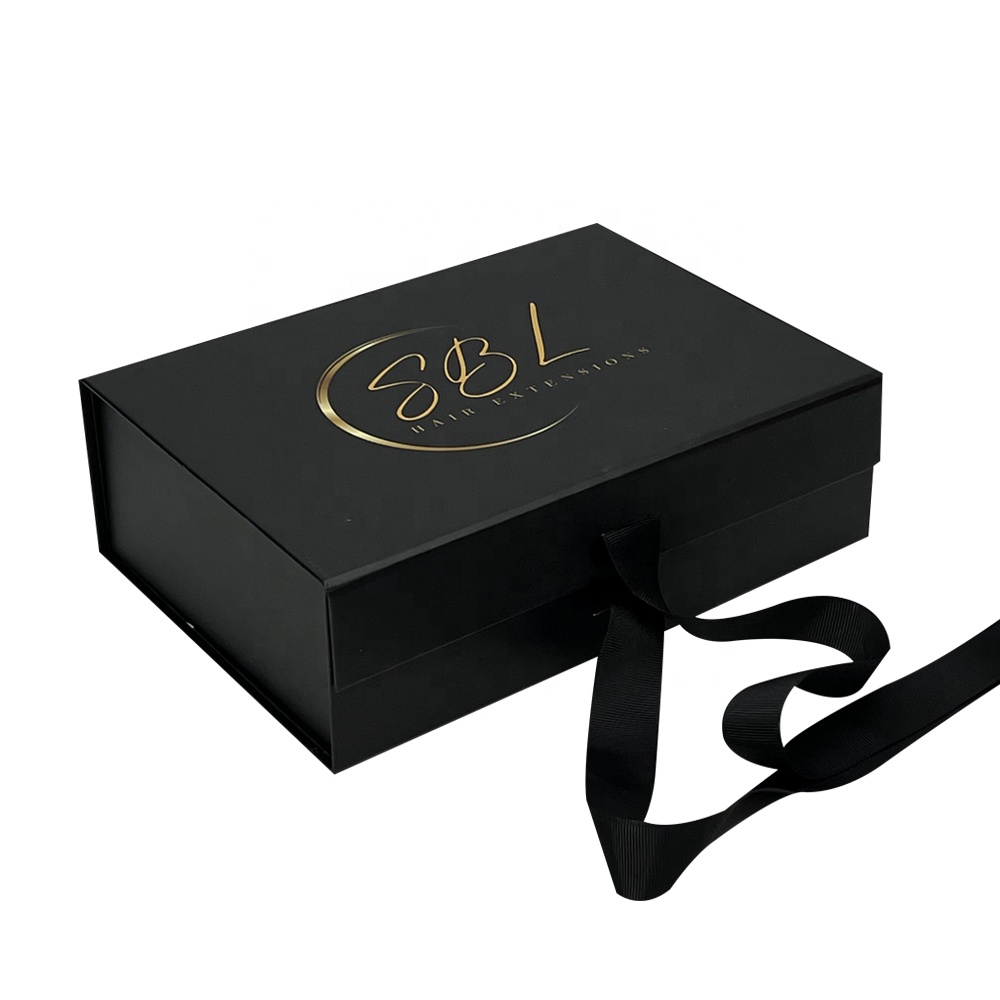Table of Contents
When launching a new product or rebranding an existing one, packaging is one of the most critical elements to consider. Packaging not only protects the product during shipping and handling but also serves as a key marketing tool that can influence consumer perceptions and purchasing decisions. One of the biggest decisions you’ll face when designing packaging is whether to opt for rigid boxes or folding cartons. Each option comes with its own set of benefits, costs, and considerations. In this article, we will explore the differences between these two packaging solutions to help you make an informed choice that aligns with your product and brand goals.

1. Rigid Boxes: Premium Quality and Durability
Rigid boxes, often referred to as set-up boxes, are made from a thick, sturdy material called chipboard. Unlike folding cartons, rigid boxes do not require assembly and come pre-constructed, offering a higher level of durability and presentation. These boxes are typically wrapped in a printed sheet and provide an impressive, upscale look and feel that conveys a sense of quality. Rigid boxes are often used for luxury or high-end products because they create a strong first impression with their premium construction and elegant design.
1.1 The Perception of Luxury and Quality
The primary advantage of rigid boxes is the perception of quality they convey. Consumers associate thicker, sturdier packaging with higher-value products, making them a popular choice for items such as cosmetics, watches, electronics, and gifts. When paired with sophisticated design elements like embossing, foil stamping, or textured finishes, rigid boxes elevate the overall branding experience. These special finishes can make your product stand out on the shelf, making it more likely to attract the attention of potential buyers.
1.2 Durability and Protection
In addition to their aesthetic appeal, rigid boxes are also highly protective. Their thick, solid construction offers superior protection during shipping and handling, reducing the risk of damage. This makes them ideal for fragile or delicate products that require extra care during transport. Although rigid boxes come with higher production and shipping costs, their durability makes them worth the investment for high-end products that need to maintain their integrity during the entire supply chain process.
1.3 Cost Considerations
While rigid boxes offer a premium look and enhanced protection, they come at a higher price point. The production costs are typically greater than those of folding cartons, primarily due to the thicker material and additional manufacturing processes involved. Additionally, rigid boxes take up more space, which can result in higher shipping costs. As a result, these boxes are often best suited for products with a higher retail price, where the added cost of packaging can be absorbed into the product’s overall pricing.
2. Folding Cartons: Cost-Effective and Versatile
Folding cartons are an alternative to rigid boxes that are made from paperboard material. These cartons are shipped flat and require assembly once they reach their destination. Folding cartons offer a more cost-effective packaging solution, making them a popular choice for mass-produced goods. Despite their lower production costs, folding cartons can still be highly effective in creating attractive, eye-catching packaging that enhances the consumer experience.
2.1 Lower Production and Shipping Costs
The most significant advantage of folding cartons is their cost efficiency. Because they are shipped flat and require minimal assembly, folding cartons are less expensive to produce and transport. This makes them an ideal choice for businesses with tight budgets or for products where packaging costs need to be kept low. The ability to ship flat also means that storage space is more efficient, leading to reduced storage costs before the cartons are assembled.
2.2 Customization Options and Design Flexibility
Folding cartons offer a high degree of design flexibility, allowing businesses to customize the shape, size, and graphics of the packaging to suit their specific needs. From elegant color schemes to vibrant prints, folding cartons can be designed in a virtually limitless variety of ways. They can also include features like windows, embossing, foil stamping, and unique closures, which can elevate the packaging without significantly increasing costs. With the right design and finishes, folding cartons can create a high-quality, premium appearance, even at a fraction of the cost of rigid boxes.
2.3 Ideal for a Wide Range of Products
Folding cartons are highly versatile and suitable for a wide variety of products, including food, beauty products, pharmaceuticals, and household items. Their lightweight design makes them especially useful for small and medium-sized products that do not require the heavy protection of a rigid box. They also work well for subscription-based businesses, retail displays, and promotional packaging. The ability to easily customize the carton design and structure makes folding cartons a flexible choice for businesses across multiple industries.
2.4 Considerations for Durability and Protection
While folding cartons are not as durable as rigid boxes, they still provide adequate protection for many types of products. To improve their strength, folding cartons can be made from thicker paperboard or coated with additional layers for added protection. However, they may not be suitable for fragile or high-value items that require the level of protection provided by rigid boxes. If durability is a concern, consider using a folding carton with additional protective inserts or packaging materials inside the box.
3. Factors to Consider When Choosing Between Rigid Boxes and Folding Cartons
When deciding between rigid boxes and folding cartons, several factors should be considered to ensure you choose the best packaging solution for your product. These include:
3.1 Product Type and Value
High-end products that need to convey a sense of luxury or require extra protection are better suited for rigid boxes. On the other hand, if you are selling a mass-market product or a lower-cost item, folding cartons offer a more affordable and practical solution.
3.2 Shipping and Handling Requirements
If your product is delicate or fragile, rigid boxes provide superior protection during shipping and handling. However, if the product is sturdy enough for standard transit and you need to minimize shipping costs, folding cartons may be the better choice.
3.3 Budget and Production Costs
For businesses with a limited budget, folding cartons offer a more cost-effective packaging option. Rigid boxes, while providing a premium look and feel, come with higher production and shipping costs. It’s important to balance your packaging expenses with your product pricing and target market.
4. Combining the Best of Both: Hybrid Packaging Solutions
For some products, it may be beneficial to combine elements of both rigid boxes and folding cartons to achieve the desired packaging results. A hybrid packaging solution could involve using rigid boxes for the outer packaging and folding cartons for the interior, or incorporating decorative elements of rigid box packaging into a folding carton design. This allows you to take advantage of the cost-effectiveness of folding cartons while still providing a premium packaging experience for your customers.
5. The Final Decision: What’s Right for Your Product?
The decision between rigid boxes and folding cartons ultimately depends on your product type, budget, and the brand experience you want to create for your customers. Rigid boxes are the clear choice for high-end products that require premium packaging, while folding cartons offer an affordable and versatile solution for a wide range of products. Both packaging options have their advantages, and understanding the needs of your product will guide you in making the best choice for your brand. By considering the factors mentioned above, you can create packaging that not only protects your product but also enhances your brand’s image and consumer appeal.
FAQs
Which packaging is better for fragile items—rigid boxes or folding cartons?
Rigid boxes are better for fragile items because they offer superior durability and protection during shipping and handling. If your product is delicate or easily damaged, a rigid box will provide the extra security needed to keep it safe.
Can folding cartons be customized with premium finishes?
Yes! Folding cartons can be customized with premium finishes such as foil stamping, embossing, spot UV coating, and matte or glossy finishes to give them a high-end look at a lower cost compared to rigid boxes.
Are rigid boxes more expensive than folding cartons?
Yes, rigid boxes are typically more expensive to produce due to the thicker materials and additional manufacturing processes involved. They also take up more space, leading to higher shipping costs. Folding cartons are a more cost-effective solution, especially for mass-market products.











